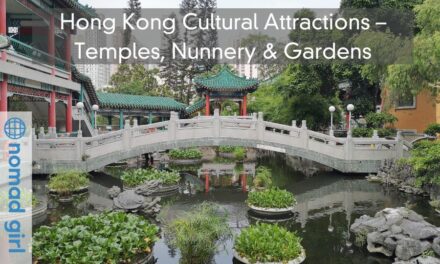If you’re interested in learning about the history and culture of Asia, visiting temples is a great way to do so. These sacred places offer a glimpse into the daily lives of locals who come to pray and worship. In this post, we have listed four temples that are easily accessible via the metro and represent different religions and deities. Each temple has its own unique architectural style, ensuring that visitors won’t get bored with seeing similar structures repeatedly.
Chi Lin Nunnery (Buddhist)
The Chi Lin Nunnery is a significant Buddhist temple complex that comprises a spacious nunnery and a collection of halls situated at the back of the complex, beyond the main temple. Visitors can explore the temple halls to witness the awe-inspiring statues of the Sakyamuni Buddha and the goddess of mercy Guanyin, which are crafted from an assortment of materials such as gold, clay, and stone.
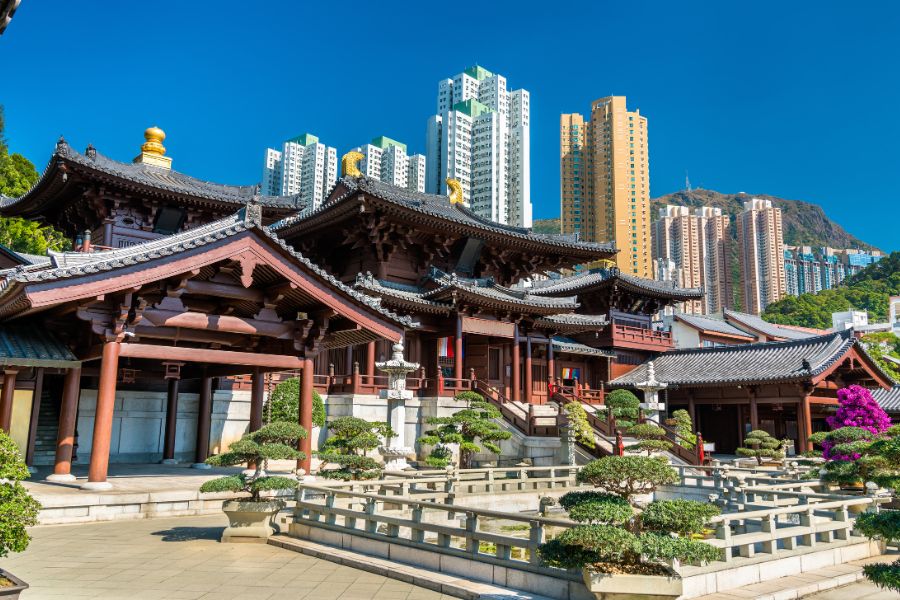
The main temple buildings in Hong Kong’s Chi Lin Nunnery are constructed using a unique traditional Chinese architecture technique. Instead of nails, the interlocking patterns cut out of the wood are used to hold the buildings together. It’s interesting to note that the Chi Lin Nunnery buildings are the only ones in Hong Kong built in this distinctive style.
The place boasts of numerous amenities such as visitor halls, a top-notch vegetarian restaurant, and stunning Chinese gardens that are well-preserved and enhance the beauty of the area.

To reach the complex, take the green MTR line to Diamond Hill Station and exit through gate C2. From there, follow the signs for a 5-minute walk to the temple area and Chinese gardens. Admission to both of these attractions is free of charge.
Sik Sik Yuen Wong Tai Sin Temple (Taoist, Buddhist and Confucianism)
The Sik Sik Yuen Wong Tai Sin Temple is a highly recommended destination for tourists visiting Hong Kong. This temple complex stands out among the four temples featured in this article for its elaborate and vibrant design. The temple is renowned for its ability to grant wishes, which may explain why many locals come here to pray with offerings of incense sticks and candles. Visitors are sure to be mesmerized by the beauty and spiritual significance of this temple.
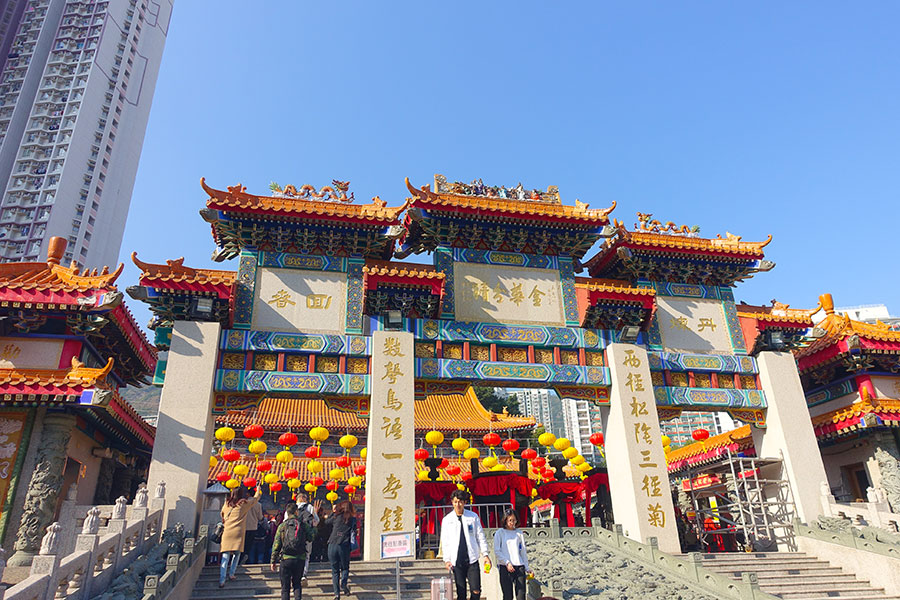
The Wong Tai Sin Temple is a religious complex that encompasses three major religions – Buddhism, Confucianism, and Taoism. It is dedicated to the famous monk Wong Tai Sin and serves as a pilgrimage site for numerous worshippers who bring offerings and pray for good luck. In addition to the temple itself, there are many fortune tellers situated around the complex, mainly catering to Cantonese-speaking individuals. Fortune-telling is a popular traditional practice in Hong Kong and draws many visitors to the temple.
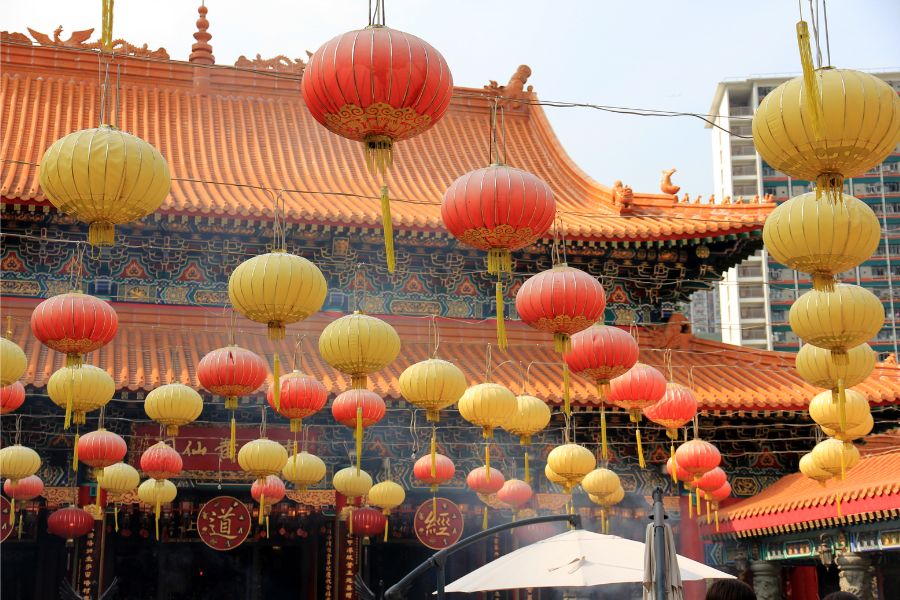
The Wong Tai Sin Temple is a fascinating complex that includes several notable features. Visitors can explore Shrines, a beautiful water fountain, and a striking Pavilion constructed entirely out of Bronze Metal. One of the most unique experiences available at the temple is the opportunity to observe and participate in the local tradition of worship and prayer for good luck. If you’re interested in witnessing this cultural practice, the Wong Tai Sin Temple is the ideal destination.
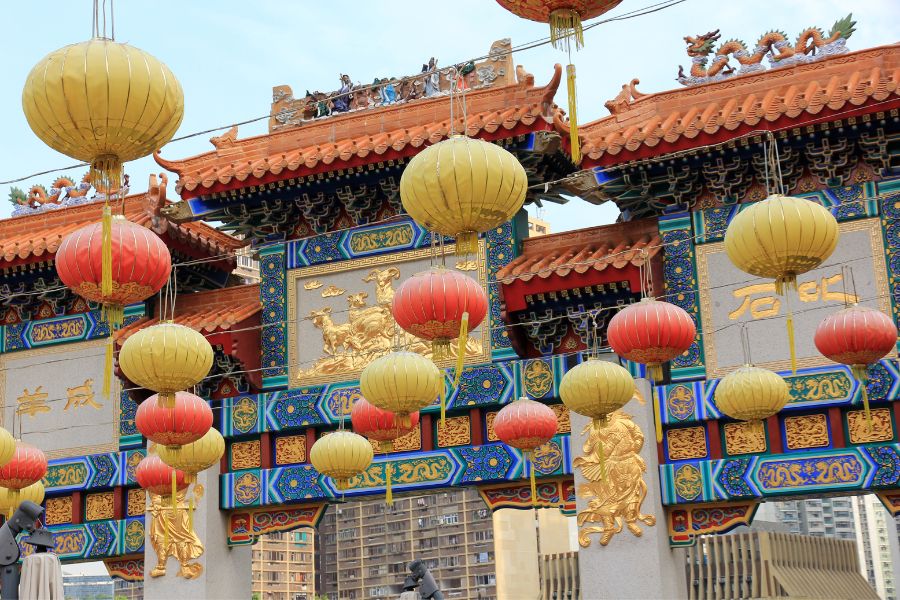
To reach the Sik Sik Yuen Wong Tai Sin Temple, you can take the MRT to Wong Tai Sin Station (Green Line) and leave through Exit B2. After climbing the stairs, you will arrive at the temple’s entrance. Admission is free, but you can purchase incense to use for worship within the temple grounds.
Man Mo Temple (Taoist)
The Man Mo Temples in Hong Kong are dedicated to the God of Literature, Man Tai, and the God of War, Mo Tai. While there are several Man Mo Temples throughout the city, the largest and most well-known is located in Sheung Wan, which is easily accessible from the Central Area. This temple was constructed in 1847 and is part of a temple complex that also includes Kit Shing and Kung So temples.

The Man Mo temple is conveniently located and easily accessible by taking the Island Line (Blue) MTR to Sheung Wan Station and exiting at A2. Follow the signs along Hillier Street and Queens Road Central to reach the temple. The area is well signposted, making it easy to navigate on foot. Admission to the temple is free and there are restroom facilities nearby. Before reaching the temple entrance, visitors can explore a charming market street with vendors selling unique Chinese gifts such as jewellery and jade stones.
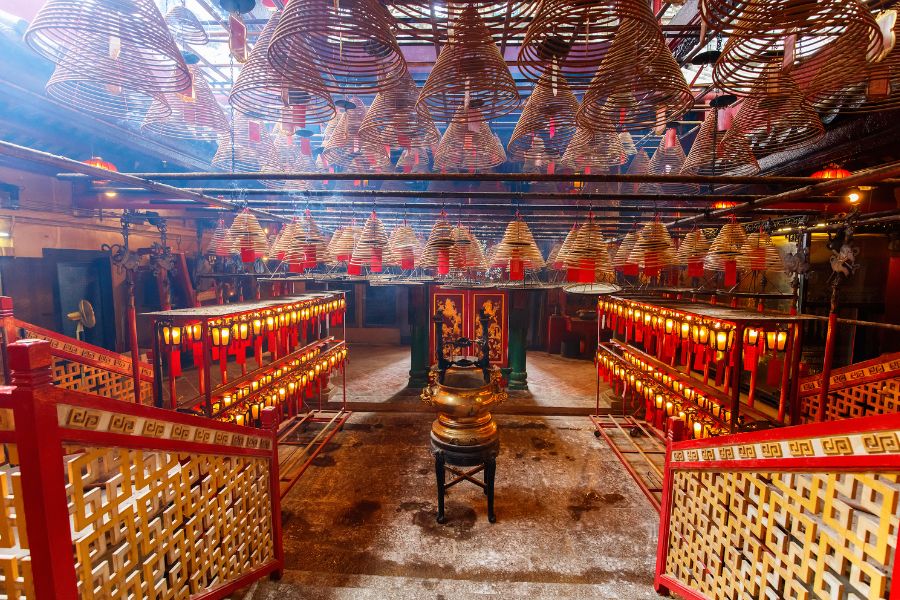
Che Kung Temple
Situated in the Tai Wai district of Sha Tin, the Che Kung Temple is a revered place of worship that pays tribute to Che Kung, a renowned military leader. Che Kung is celebrated for his successful campaigns against the spread of disease and military rebellions, making him a revered figure in history.
Upon entering the temple grounds, visitors are greeted by towering gates and walls that leave an impressive first impression. Located within the temple, a massive statue of Che Kung stands tall, alongside a unique and intriguing “wheel of fortune”. It is believed that spinning the wheel three times is a symbol of good luck and fortune.
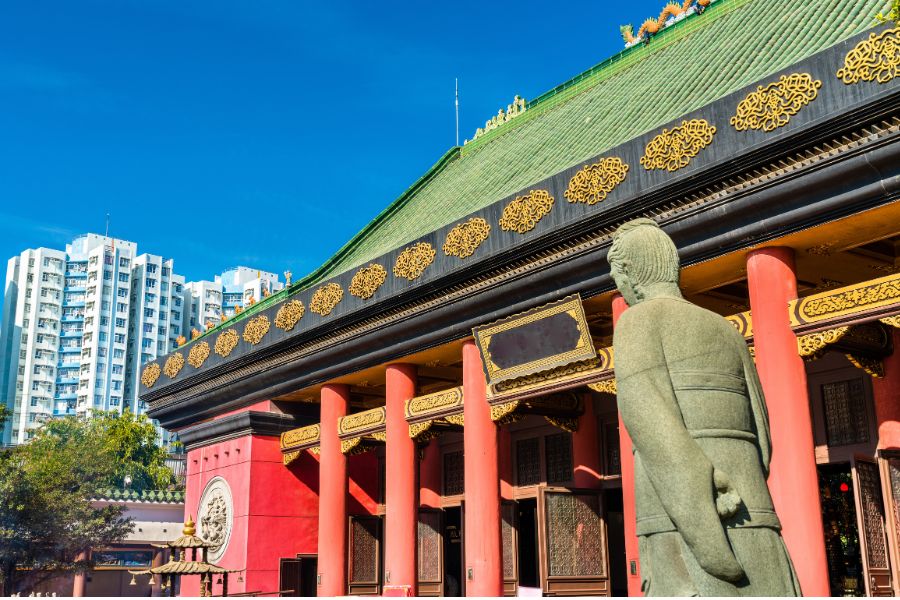
The temple was first built over 300 years ago to accommodate those who came to worship during the Chinese New Year. Today, it has been transformed into a traditional Japanese-style temple that has been expanded and remodeled. The new temple is eight times larger than the original, providing ample room for the large crowds that come to visit.
The side entrance to this temple features fortune tellers who serve the local community. Despite their signs being written in Cantonese, these fortune tellers are available for consultations. On the temple grounds, it’s a typical sight to see older men socializing and unwinding, often after coming to pray.
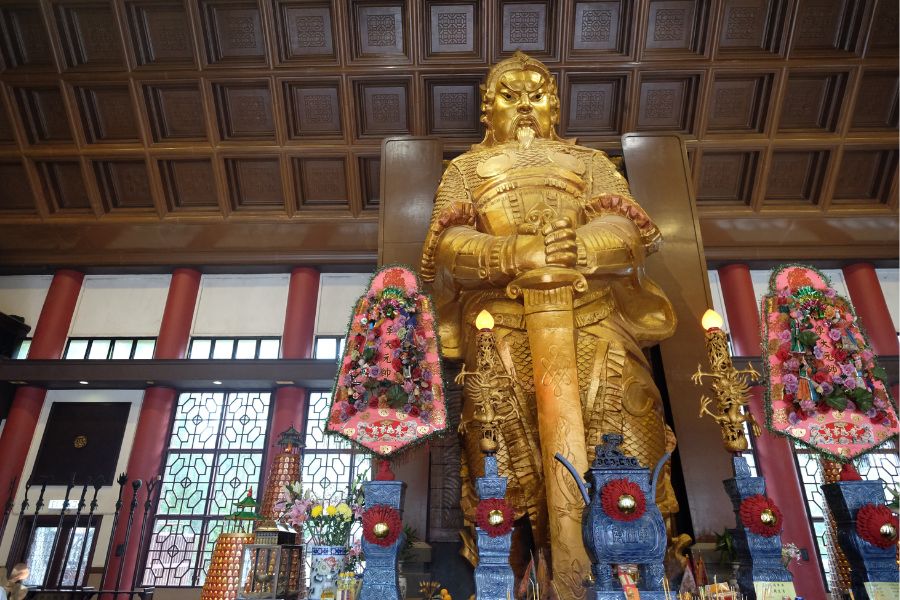
To reach the Che Kung Temple, you can take the MTR and disembark at Che Kung Temple Station. Once there, head towards Exit B and follow the signposted directions for a serene 5 to 10-minute walk to the temple.





